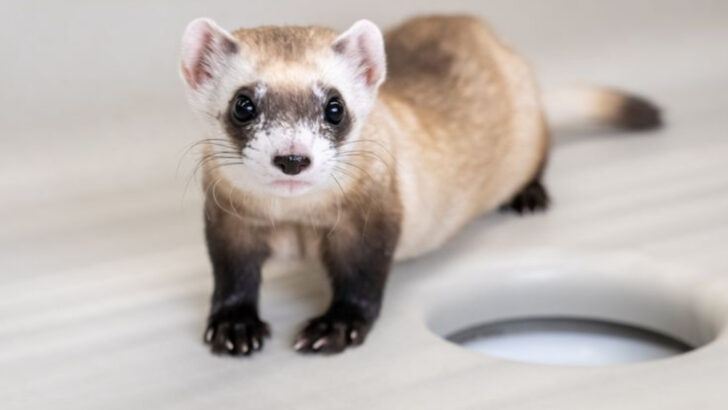They brought a creature back from the edge—literally. Once thought to be extinct in the wild, the black-footed ferret has made a jaw-dropping comeback. Thanks to the frozen DNA of a long-lost ferret named Willa, scientists didn’t just preserve her legacy—they cloned her. And that clone? She gave birth to kits. Real, wriggling, wide-eyed kits. This isn’t a movie. It’s not some sci-fi fantasy. It’s happening right now, in labs and conservation centers across the U.S. A species nearly erased is suddenly multiplying—thanks to a miracle mix of science, dedication, and a ferret with frozen potential. If that doesn’t feel like resurrection, what does?
Elizabeth Ann: The First Cloned Ferret
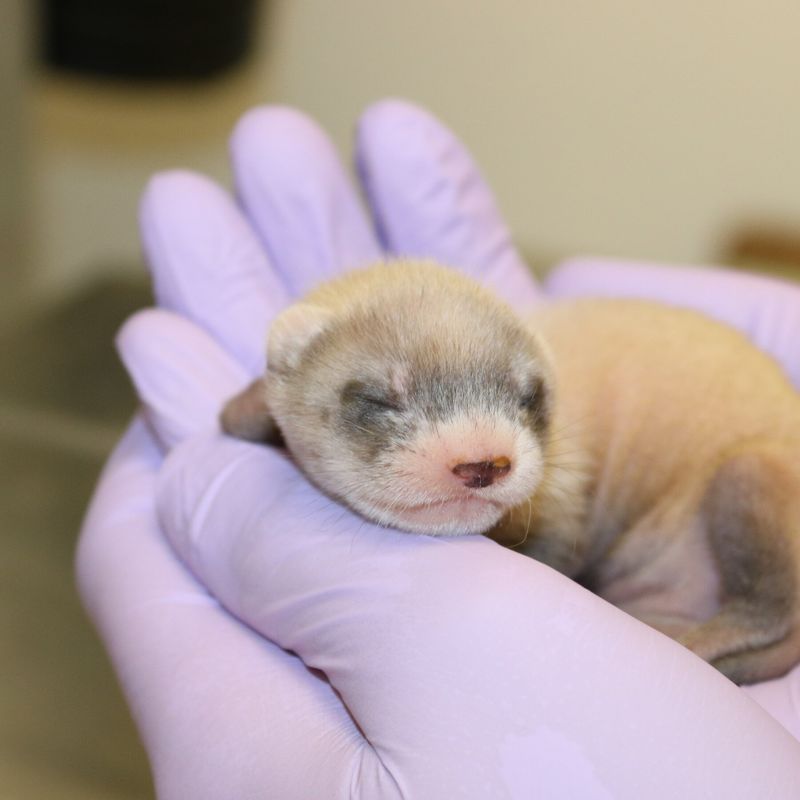
Meet Elizabeth Ann, the world’s first cloned black-footed ferret. Her birth in 2020 marked a revolutionary step in conservation. As she explores her surroundings with wide-eyed wonder, Elizabeth Ann symbolizes renewal. This achievement brings hope for endangered species worldwide. Her existence proves what’s possible with science and determination.
The cloning process involved using preserved cells from a ferret named Willa, who lived more than 30 years ago. By bringing back genetic diversity, scientists aim to strengthen the species’ future.
Elizabeth Ann continues to thrive, captivating all who witness her spirited antics. Her story inspires innovation in wildlife preservation.
The Role of Willa’s Genetic Material
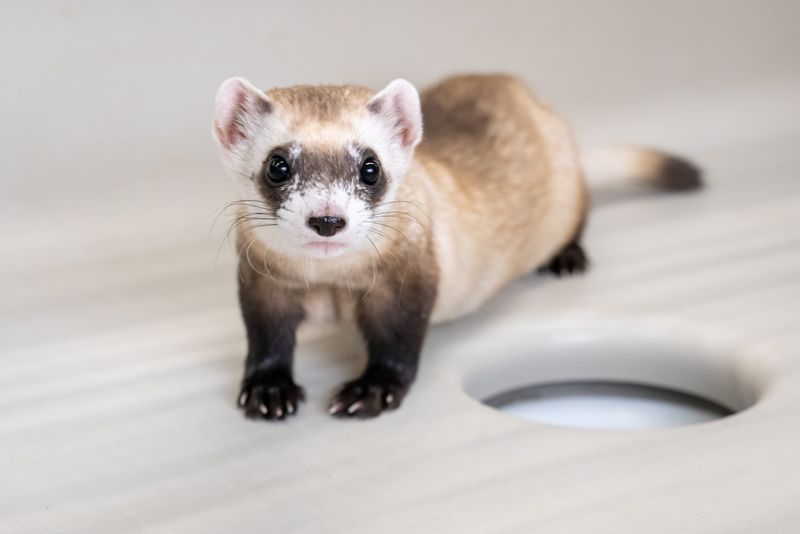
Willa, a once ordinary ferret, now plays a pivotal role in genetic conservation. Her preserved cells became the foundation for cloning black-footed ferrets. Stored in a frozen zoo, these cells remained viable for decades. This breakthrough showcases the potential of biobanks in wildlife conservation.
Willa’s genetic material offers a lifeline to a species on the brink. Her contribution is invaluable in restoring lost diversity. By integrating her genes into the population, scientists aim to combat inbreeding.
Her legacy is a testament to foresight in conservation efforts, bridging past and future with remarkable impact.
Conservation Efforts: A Team Endeavor
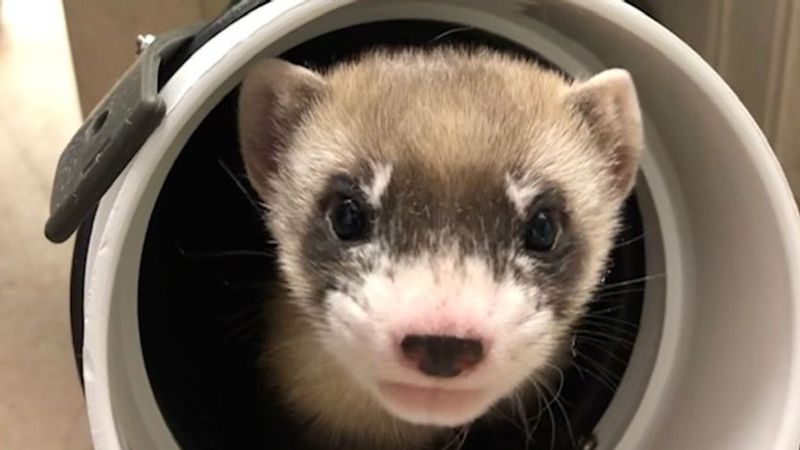
Behind Elizabeth Ann’s success lies a team of dedicated scientists. Their collaborative efforts turned the dream of reviving a species into reality. From geneticists to wildlife biologists, each played a crucial role. This synergy highlights the importance of interdisciplinary collaboration in conservation.
Their work extends beyond cloning, focusing on habitat preservation and public awareness. Education programs aim to foster appreciation for these elusive creatures.
The team’s passion ensures that black-footed ferrets not only survive but thrive. Their unyielding commitment serves as an inspiration for global conservation initiatives.
The Black-footed Ferret’s Habitat and Challenges

The black-footed ferret’s natural habitat, the North American prairies, is a landscape of beauty and challenge. These grasslands provide both sustenance and shelter. However, habitat loss and disease pose significant threats. Prairie dog colonies, vital to ferrets, are dwindling.
Efforts to restore and protect these ecosystems are underway. Conservationists are working tirelessly to ensure a balanced coexistence. By understanding and addressing these challenges, the survival of the species becomes more attainable.
This harmonious relationship between ferrets and their environment underlines the importance of holistic conservation strategies.
Future Prospects and Global Implications
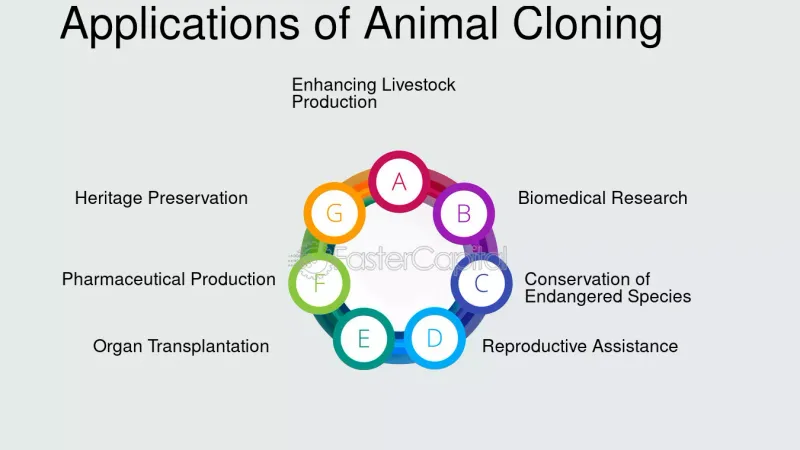
The success of black-footed ferret cloning opens new avenues for endangered species worldwide. This pioneering project serves as a model for future efforts. The potential to replicate such success stories in other species is exciting. As technology advances, so too does the hope for biodiversity.
Cloning is not a standalone solution but a part of an integrated approach. It emphasizes the need for comprehensive conservation strategies.
The implications extend beyond the U.S., influencing global policies and perceptions. This achievement invites a reimagining of what conservation can accomplish, fostering a proactive mindset for wildlife protection.

